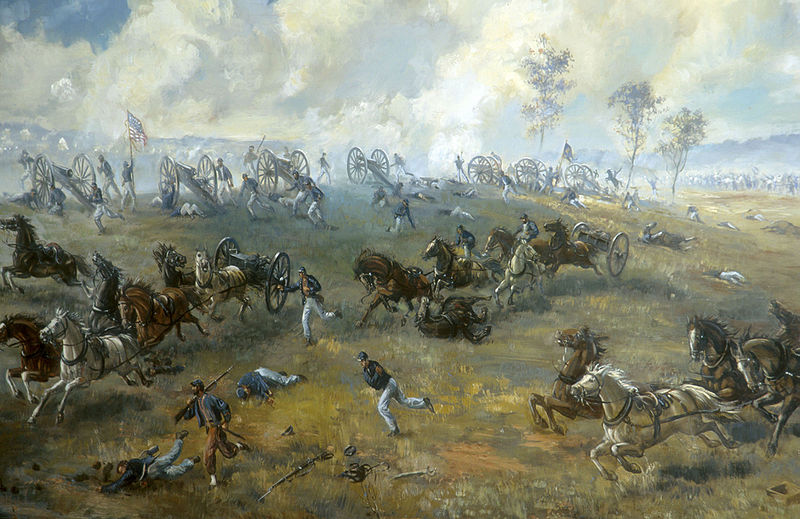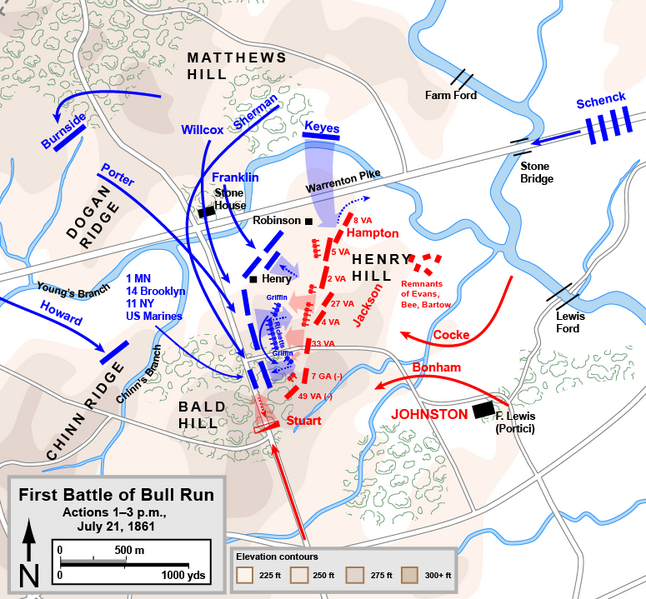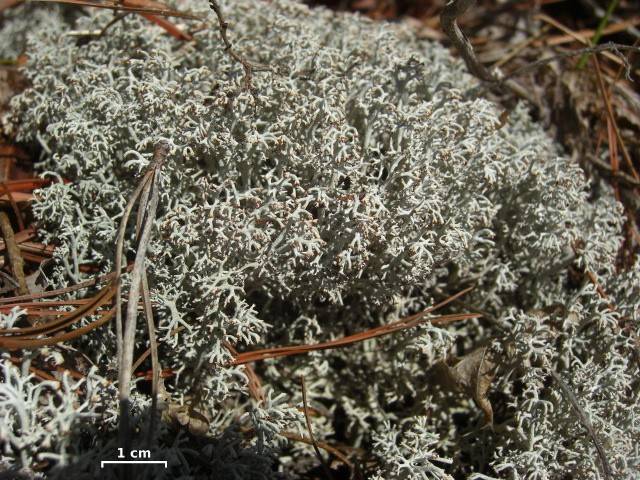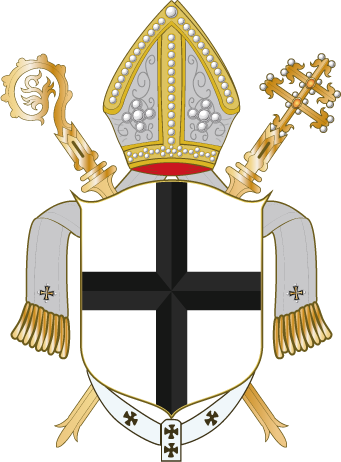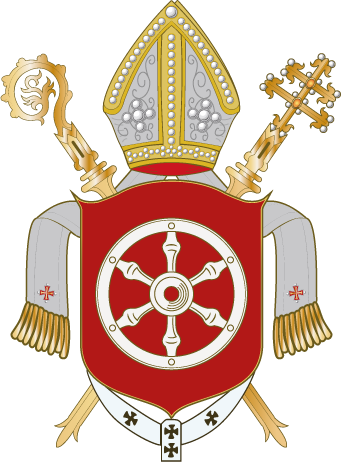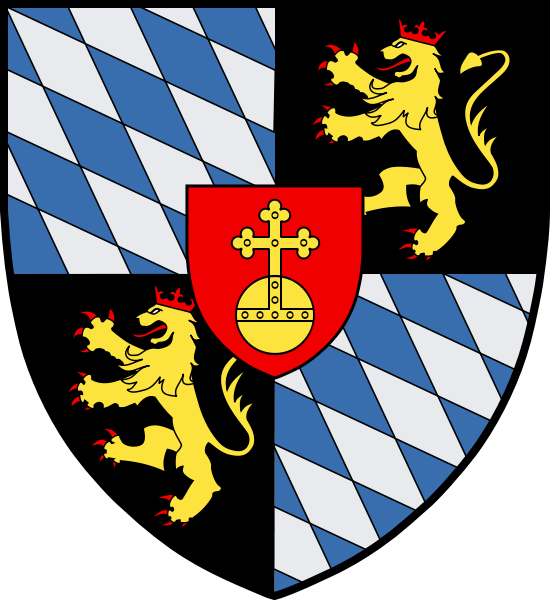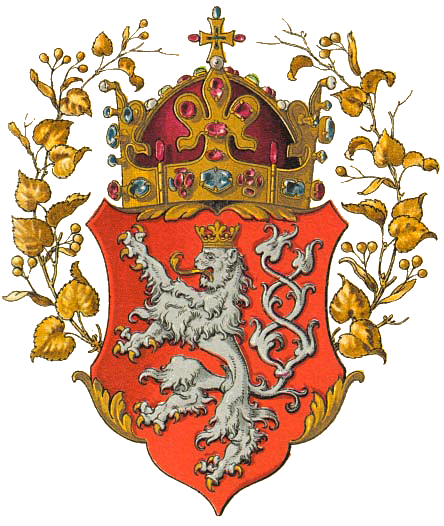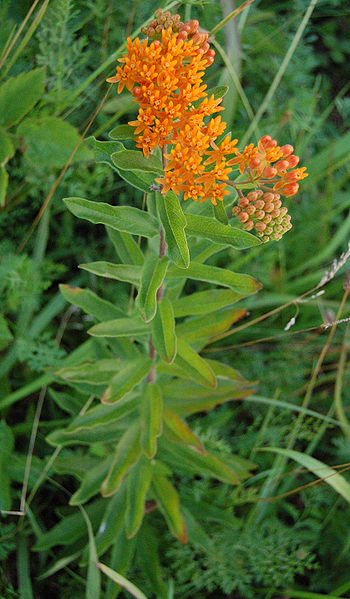Few are aware of the particular role occupied by the established parishes of pre-Revolutionary Virginia. Indeed, for Virginia, the disestablishment and secularization of the parish was perhaps the most radical result of our Revolution, aside from the more obvious casting aside of King and Parliament.
As a side note, while the Established Anglican Church was disestablished in Virginia and the South during the Revolution, the Established Congregationalist Churches remained in place as official taxpayer funded institutions some time longer in New England -- until the 1830s for Massachusetts.
 St. Luke's Parish, Smithfield, Isle of Wight County, Virginia
St. Luke's Parish, Smithfield, Isle of Wight County, Virginia
 Interior of St. Luke's Episcopal Church, Smithfield, Virginia
Interior of St. Luke's Episcopal Church, Smithfield, Virginia.
The following is an excerpt of a paper on Parish government in Colonial Virginia, written with a focus on Southam Parish in what is now Cumberland County, Virginia:
"Writing in 1780 to
representatives of the French royal government interested in the character of
the
Commonwealth
of Virginia, Thomas
Jefferson, observed that:
The state, by another division, is formed
into parishes, many of which are commensurate with the counties: but sometimes
a county comprehends more than one parish, and sometimes a parish more than one
county.
The division had relation to the
religion of the state, a Parson of the Anglican church, with a fixed salary,
having been heretofore established in each parish.
The care of the poor was another object of
the parochial division.
Indeed, the parishes of
Virginia formed a
parallel “government” that operated alongside the county government and even
included many of the same officials as the county.
Until the disestablishment of the established
church in October 1784,
the parish not only ministered to the spiritual needs of the inhabitants, but
tended to a number of their physical needs, which later became the concerns of
the state.
The erosion of the prominence
and power of the established parishes began with the coming of the Revolution
itself, but was not finally completed until the disestablishment after the
Revolution.
The parish, however, prior
to the great upheaval was an important and notable government body in
Cumberland County,
as in the rest of
Virginia.
Although the men that operated and oversaw
the parishes were virtually the same as those on the County court, those
conditions and principles of the Revolution that made union with King George
III impossible, also made the presence of a legally established church
supported by the taxpayers at large no longer desirable or tolerable, even to
the Anglican faithful.
Hence, where
civil government in the form of the county remained virtually unaltered by the
Revolution, the parish was not only altered, but dissolved for all but its
spiritual functions.
Indeed, the parish
that had long been the companion of the county in governing
Cumberland County,
“became a private incorporated body”
during the course of the Revolutionary era.
Thus, the parish is really the epicenter of change in the new Commonwealth
where the county may be taken as a symbol of the continuity of the
Revolutionary age.
...
In his study of the colonial Anglican church
of
Virginia, John Nelson notes that in the
Southside of Virginia, which includes
Cumberland County
and Southam Parish, the average county levy was at a rate of eleven pounds,
versus the twenty-eight of the parishes of the region.
Indeed, the average annual expenses of the
parish exceeded those of the county in every part of the colony.
Here it becomes all the more evident that the
parish was very much a public governmental body that demanded more from the
freeholders in terms of revenue than the county.
Church and state in colonial
Virginia both sought and
received their share of funding to fulfill their responsibilities to the common
good.
These expenses, of course, went to the upkeep of the
parish and the care of the poor or disadvantaged. The vestrybook of Southam Parish is replete
with the cost figures for these expenses.
Included in the upkeep of the parish is, of course, the salary of the
minister, but also recompense for the clerks and sextons of the chapels. In 1771, for example, the following items
were listed in the parish budget of 20 March:
Southam Parrish Dr. Neet Tobo.
To the Revd. Robert McLaurine
Minister 16000
…
To John Barns Clk Petervile
Church 1040
To Gideon Glen
Clk Tarwallet
Church 1040
…
To Amey Hill Sexton of Petervile Church 500
…
To Avis Tayler for keeping & Clothing
Winfield Sanders 1500
To Daniel Wilmore for keeping Elizabeth
Howl 800
…
To Elenor Sutlief a Poor Person of this
Parrish 600
…
To Thomas Strange for the support of his
two unfortunate
[The amounts here are in tobacco, which, with coin, was currency in colonial Virginia]
The paid
officials of the parish, the minister, the clerks, and the sextons, always
appear in the rolls of expenses, but are never as prominent as the items for
the upkeep of poor persons or “unfortunate children.”
The parish, rather than the civil government,
was the body responsible for the underprivileged in the
county
of
Cumberland, charity for the poor
was an ecclesiastical and not civil responsibility in colonial
Cumberland.
A brief mention is made in the vestry records of Southam about the
erection of a poor house for the disadvantaged of the parish.
This 15 February 1770 order indicated that,
“Littlebury Mosby W
m. Fleming & George Carrington Ju
r.
Purchase a Tract of Land Not Exceeding one hundred acres and to Employ Persons
to Erect Necessary houses thereon for the Reception of the Poor of this
Parrish…”
No further mention is made, however, of this
humanitarian project.
The £36.9.4
allotted to Doctor William Cable “for keeping and trying to Cure Stephen
Holland for a cancer in his mouth”
on
20 March 1771
might qualify as an early form of medicare.
This function as caretaker of the poor of Southam Parish would be
transferred to the county government after the Revolution.
Live well!







